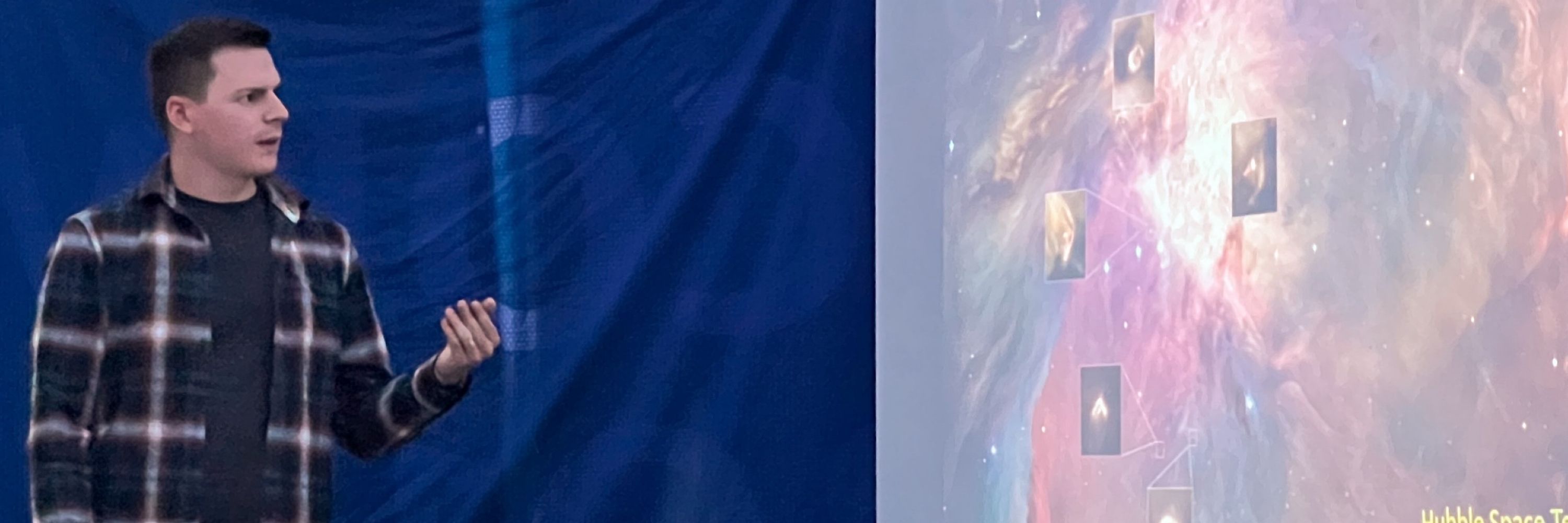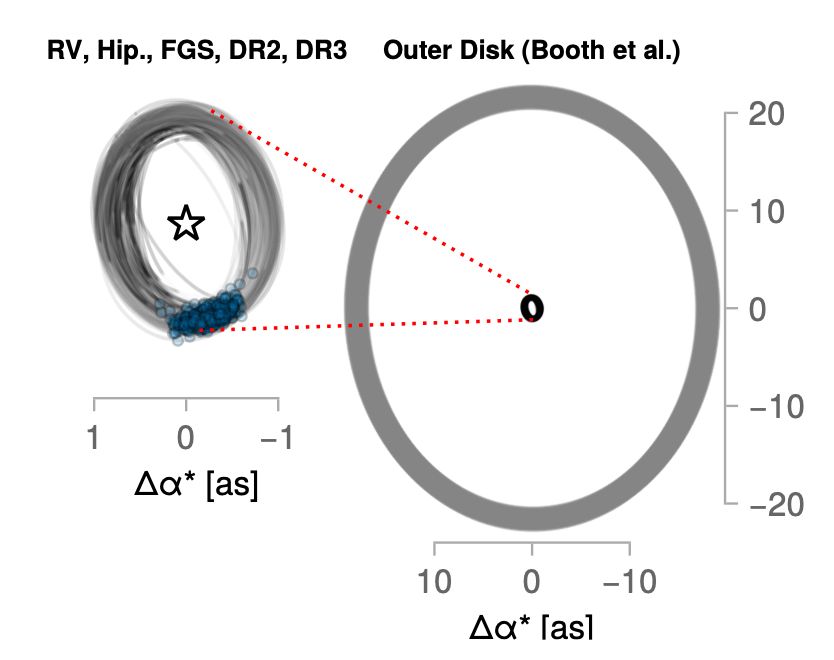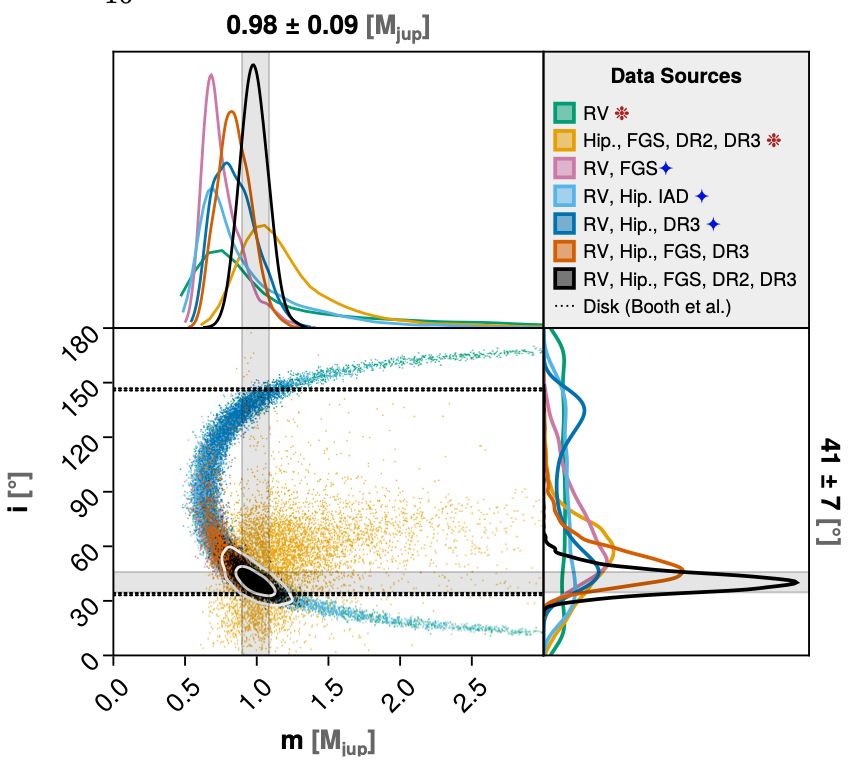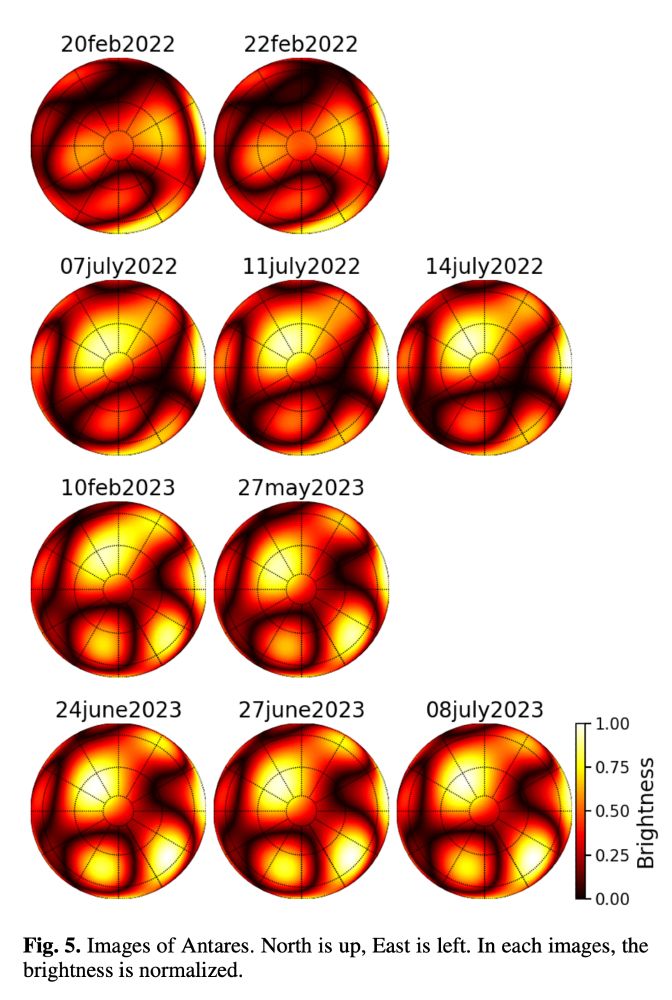William Thompson
@wrtastro.bsky.social
1.1K followers
350 following
120 posts
Herzberg Instrument Science Fellow at the National Research Council in Victoria, Canada. Imaging exoplanets and writing #JuliaLang tools.
Posts
Media
Videos
Starter Packs
Pinned
William Thompson
@wrtastro.bsky.social
· Aug 29
William Thompson
@wrtastro.bsky.social
· Aug 27
William Thompson
@wrtastro.bsky.social
· Aug 15
William Thompson
@wrtastro.bsky.social
· Aug 15
William Thompson
@wrtastro.bsky.social
· Jul 16
William Thompson
@wrtastro.bsky.social
· Jul 14
William Thompson
@wrtastro.bsky.social
· Jul 14
Reposted by William Thompson
William Thompson
@wrtastro.bsky.social
· Jul 12
Reposted by William Thompson
Reposted by William Thompson












